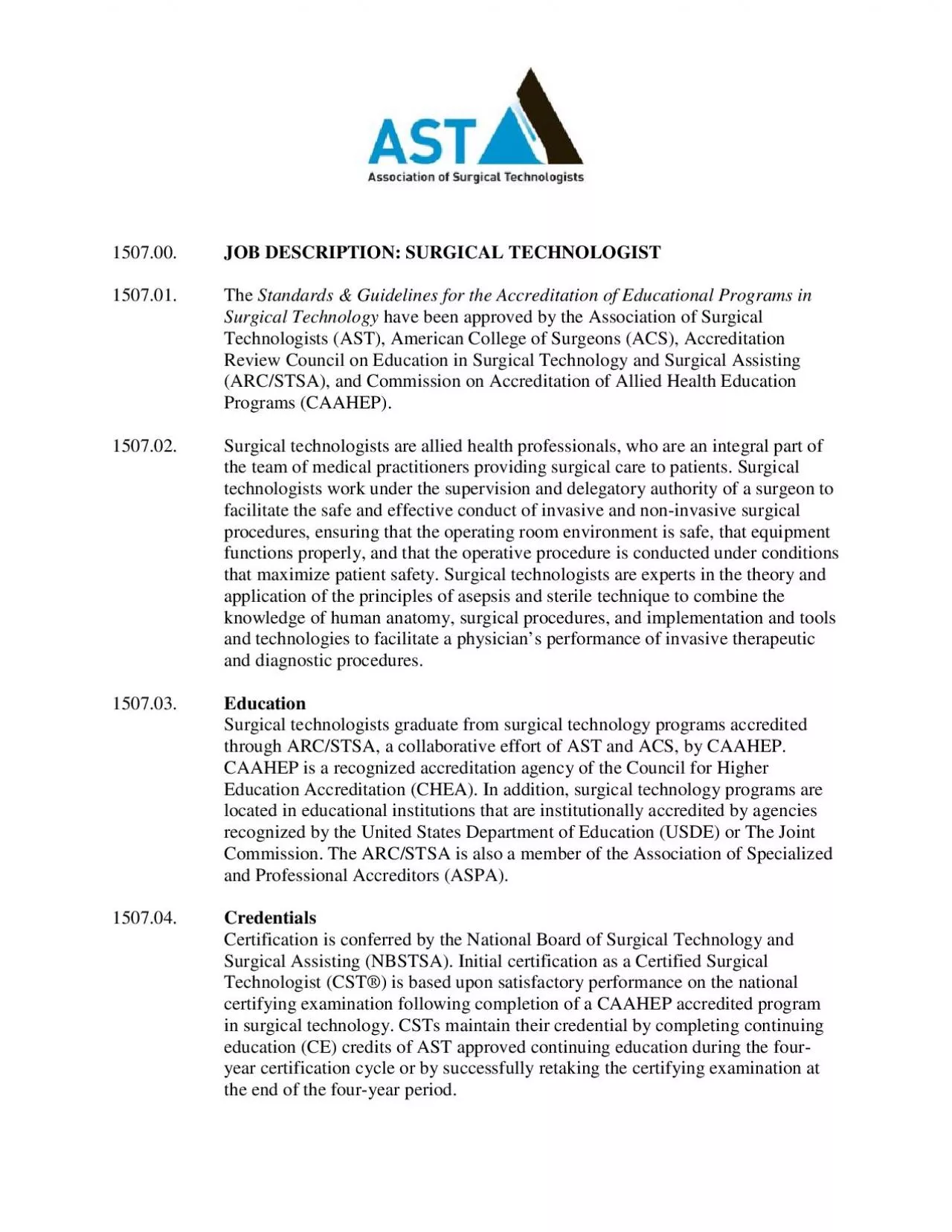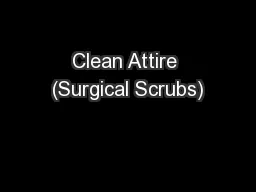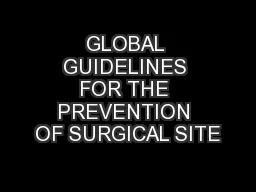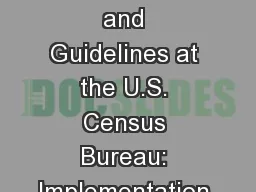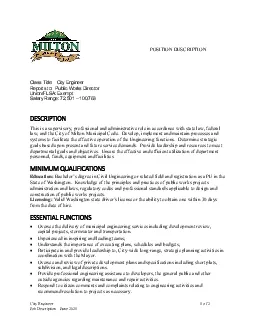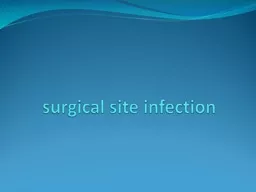PDF-JOB DESCRIPTION SURGICAL TECHNOLOGISTThe Standards Guidelines for the
Author : yvonne | Published Date : 2021-09-23
The NBSTSA146s CST certification program is accredited by the National Commission for Certifying Agencies NCCA the accreditation division of the Institute for Credentialing
Presentation Embed Code
Download Presentation
Download Presentation The PPT/PDF document "JOB DESCRIPTION SURGICAL TECHNOLOGISTThe..." is the property of its rightful owner. Permission is granted to download and print the materials on this website for personal, non-commercial use only, and to display it on your personal computer provided you do not modify the materials and that you retain all copyright notices contained in the materials. By downloading content from our website, you accept the terms of this agreement.
JOB DESCRIPTION SURGICAL TECHNOLOGISTThe Standards Guidelines for the: Transcript
Download Rules Of Document
"JOB DESCRIPTION SURGICAL TECHNOLOGISTThe Standards Guidelines for the"The content belongs to its owner. You may download and print it for personal use, without modification, and keep all copyright notices. By downloading, you agree to these terms.
Related Documents

